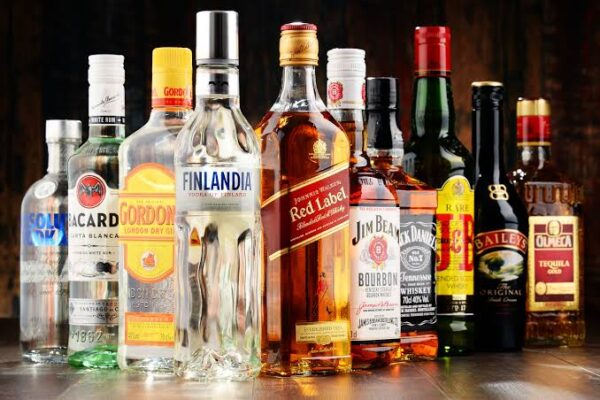 Alcohol is one of humanity�s oldest and most widely consumed psychoactive substances. Found in a diverse array of beverages such as wine, beer, and spirits, alcohol has played a central role in societies across the globe for thousands of years�shaping cultures, rituals, economies, and even politics.
Alcohol is one of humanity�s oldest and most widely consumed psychoactive substances. Found in a diverse array of beverages such as wine, beer, and spirits, alcohol has played a central role in societies across the globe for thousands of years�shaping cultures, rituals, economies, and even politics.
In the context of beverages, alcohol refers to ethanol (ethyl alcohol), a type of alcohol produced by the fermentation of sugars by yeast. The source of these sugars varies�grapes for wine, grains for beer and whiskey, sugarcane for rum, and so on. The concentration of alcohol in these drinks can range from low (around 3�5% in beer) to high (up to 40% or more in spirits like vodka or gin).
Alcohol has been used for at least 9,000 years, with evidence of early fermented beverages found in ancient China, Mesopotamia, and Egypt. From the beer of the Sumerians to the wine of the Greeks and Romans, alcohol has long been associated with celebration, religious ceremonies, and social cohesion.
In the Middle Ages, brewing and winemaking became refined crafts, often carried out in monasteries. By the time of European colonization, alcohol was already deeply embedded in global trade networks�rum, for instance, played a notorious role in the Atlantic slave trade.
In the United States, alcohol has had a particularly tumultuous history, with periods of great indulgence followed by the radical move of Prohibition (1920�1933), when the production and sale of alcohol were banned. This era fueled organized crime and ultimately ended due to public backlash and economic necessity.
Alcohol�s influence spans every layer of human life:
- Social Lubricant: Used in gatherings, celebrations, and communal meals.
- Ritual Use: Integral to many religious and spiritual ceremonies (e.g., Christian communion, Jewish Kiddush).
- Art and Literature: Countless works from Shakespeare to Hemingway reference or revolve around alcohol.
- Economy: The global alcohol industry generates trillions of dollars annually, supporting agriculture, manufacturing, and hospitality sectors.
Types of Alcoholic Beverages
- Beer: Brewed from barley and hops, typically low in alcohol (4�6% ABV).
- Wine: Fermented from grapes, ranging from light whites to full-bodied reds.
- Spirits: Distilled beverages like whiskey, rum, gin, tequila, and vodka�higher in alcohol content.
- Ciders and Meads: Fermented from apples or honey, often categorized with beers and wines respectively.
Alcohol consumption affects the brain, liver, and other organs. In moderate amounts, it may offer some cardiovascular benefits, especially red wine. However, excessive consumption can lead to:
- Liver damage (e.g., cirrhosis)
- Addiction (alcoholism)
- Impaired judgment and motor function
- Increased risk of accidents and chronic diseases
Public health organizations around the world stress the importance of moderation, defining it as up to one drink per day for women and up to two for men.
Today, alcohol occupies a complicated place in society. While it is celebrated in culinary and cultural contexts, it�s also a focal point of public health concerns. Campaigns against drunk driving, underage drinking, and binge drinking coexist with advertisements glamorizing cocktails, wine tastings, and beer festivals.
Additionally, the rise of the non-alcoholic beverage movement�including mocktails, non-alcoholic beers, and sober bars�signals a cultural shift toward more mindful drinking habits.
Alcohol is more than just a drink�it�s a deeply woven thread in the fabric of human civilization. Whether enjoyed in moderation as part of a shared meal or studied for its historical significance, alcohol continues to be both a pleasure and a responsibility, reflecting the dual nature of its power and presence in our lives.







